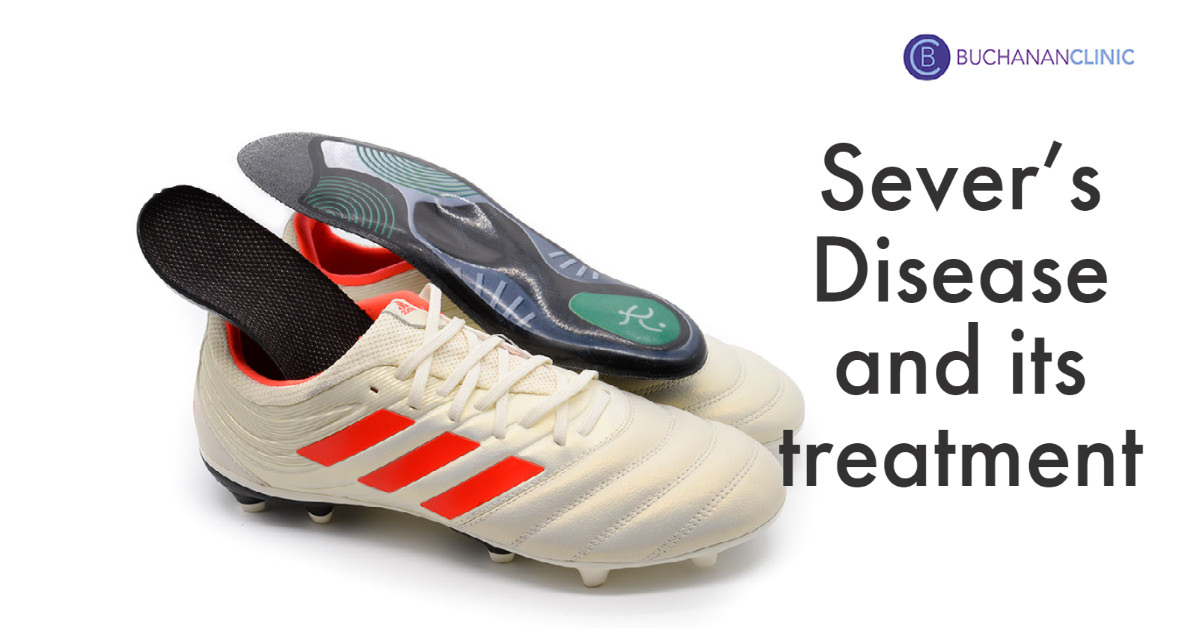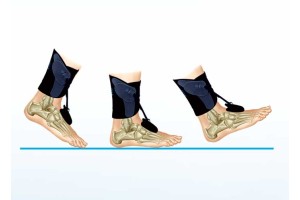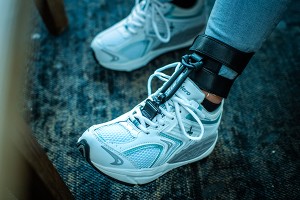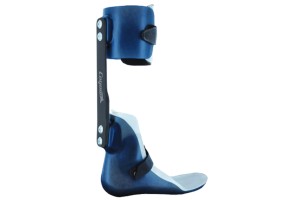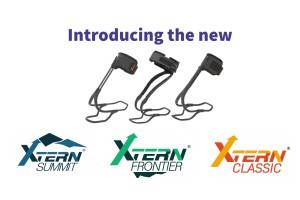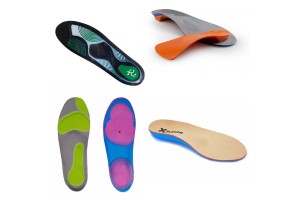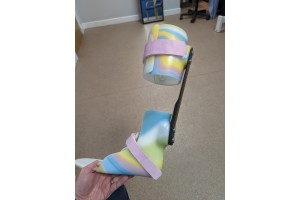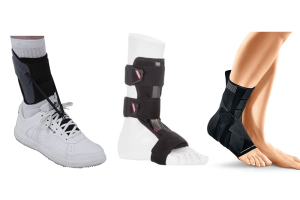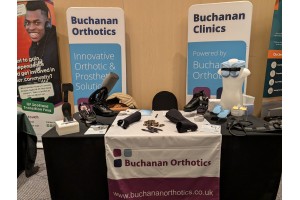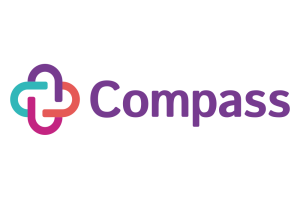What is Sever’s disease?
Sever’s disease (calcaneal apophysitis) is a common condition affecting active children between 8 and 14 but occasionally as young as 6. The condition presents as pain at the back and side of the heel (calcaneus), where the calf muscles attach to the heel at the growth plate (apophysis). It is said to account for 2-16% of musculoskeletal attendance of children at sports clinics.
When the muscles and tendons pull at the growth plate, the repeated motion can cause inflammation and swelling in this region, resulting in pain at the back of the heel. With management, symptoms often resolve within a few months and rarely causes lasting problems.
What cause's Sever’s Disease?
The cause of Severs disease is unknown but is linked to growth spurts, particularly during puberty. During growth, the muscles and bones grow at different rates, which can cause the muscles and tendons to become tight, pulling at the growth plate. Symptoms can be exacerbated by sports and activities as these can require increased demand on the muscles.
What are the sign’s and Symptoms?
It often presents as pain or tenderness in one or both heels. You may also notice:
- Inflammation in the heel (redness and swelling)
- Tiptoe walking
- Pain when first waking up
- Pain when the heel is squeezed on both sides
The symptoms typically improve with rest.
How is it diagnosed?
Diagnosis does not usually require testing or a scan. A Qualified healthcare professional will consider age and lifestyle and then complete a physical assessment, focusing on the heel. There are various approaches to the management of Severs, which can include:
- Limiting activities that exacerbate pain (e.g football, running)
- Resting and icing the affected area during a flare-up for 15 minutes regularly
- Anti-inflammatories such as Ibuprofen, following the recommended dosage
- Avoiding barefoot and flat soles shoes. Wearing footwear with a heel pitch and cushioning is advised
- Physiotherapy
- Orthotic Treatment (insoles)
How is Severs disease treated?
- Physiotherapy
- Orthotic treatment
Physiotherapy is often the starting point for a home exercise program to stretch and strengthen the calf muscles. By stretching and mobilizing the large calf muscles, the traction or pull of the Achilles on the heel bone will be reduced.
Orthotic interventions to alter the biomechanical factors is often suggested to provide pain relief. These often either attempt to cushion the heel or alter the biomechanical function of the foot.
Cushioning is thought to help by reducing the repetitive forces at impact when the foot strikes the ground. Often this takes the form of a gel or silicone heel cup.
Arch supporting insoles can also be used to attempt to alter the foot's function. A foot that is collapsing or going flat can influence the forces pulling on the painful heel. By providing support to the arch and influencing the foot's position, these forces can be reduced to a more tolerable level.
The pain is gone, now what?
Once symptoms have resolved, you can slowly begin to increase your activity again. Symptoms may recur with another growth spurt; therefore, it is recommended to continue with any stretching and strengthening exercises you have been provided regularly. Typically, once growth has finished, symptoms do not recur.
What treatment do we recommend?
It is difficult to say without a proper assessment but at the Buchanan Clinic we feel a mixture of exercises and Orthotic intervention can work best. With a proper assessment, we can advise if we feel an insole may be of benefit. This may take the form of a cushioned heel cup up to a custom made functional foot orthosis and would be decided on a case by case basis.

